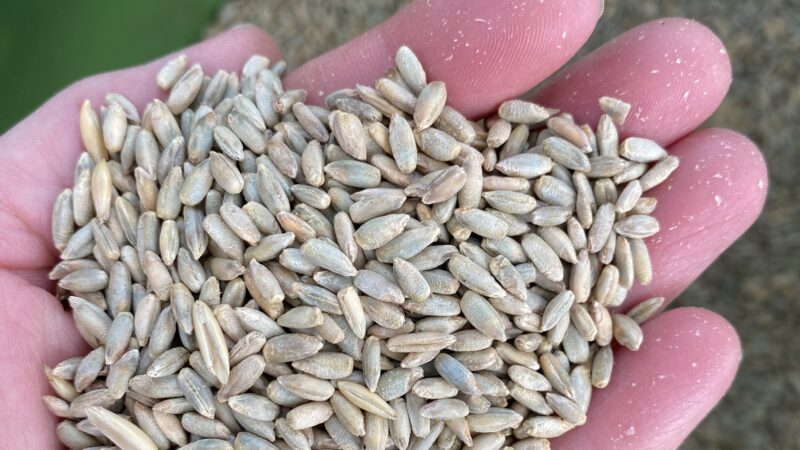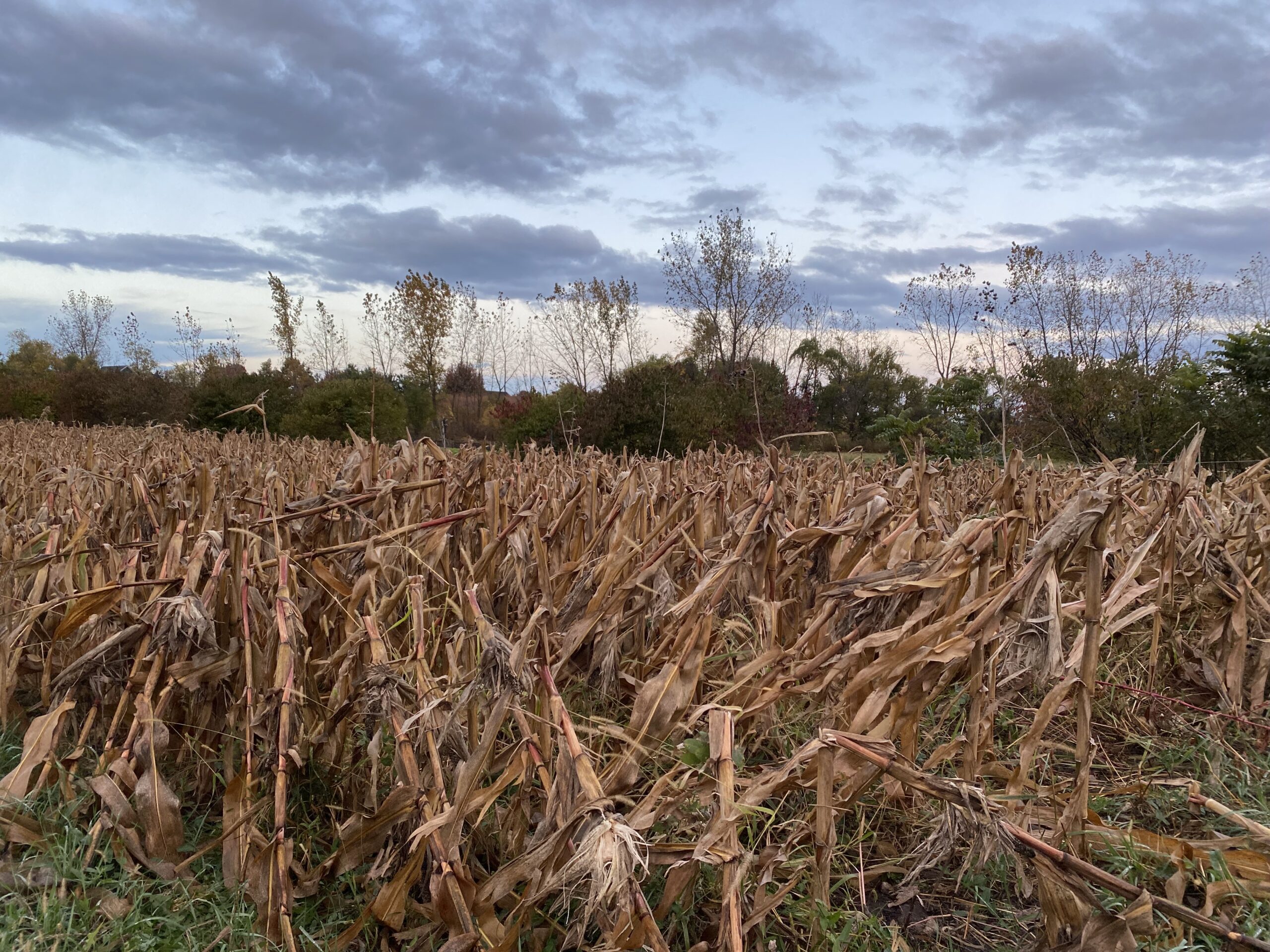
Interns took handfuls of seeds and broadcast them into pastures to grow future food for the goats and sheep.
Jeff’s farm interns help us accomplish bigger projects on weekends. The interns learn by doing, and this weekend, we worked together on the second phase of our conservation grazing program. The goal is for these students to develop real-world skills for their chosen career pathways.




Finally, the interns helped us reestablish their pastures, trim hooves, and ensure the herd was healthy with updated vaccinations. This will better prepare them for the stress that might come from movement from their normal confines.
As the weather gets cold, we will work indoors to map out rotational strategies throughout the farm, similar to those we use with our organic vegetable and cover crops.
When interns return this spring, we’ll work together to actively move the goats around the farm. Thank you to our interns for helping us to manage this hard-working (and cute) herd!
Your farmers,
